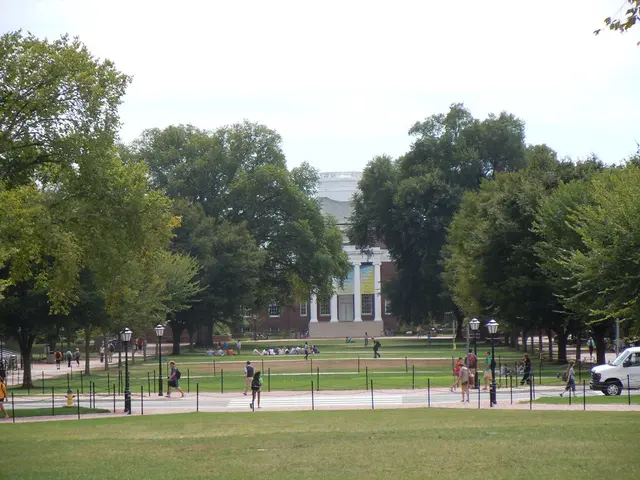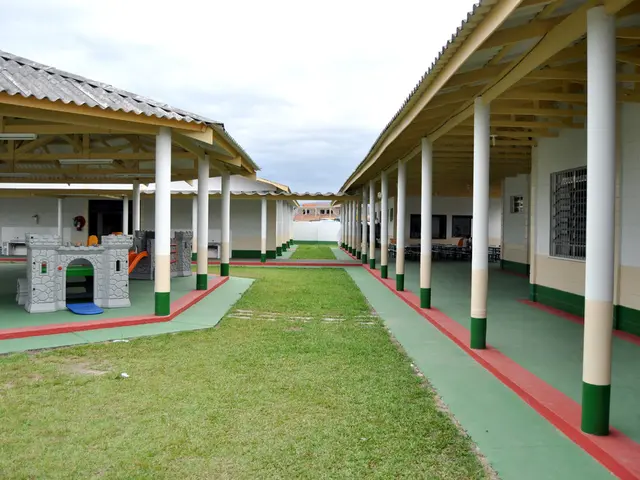Annual Income Threshold for Middle-Class Designation in New York for the Year 2024
In New York State, a family of four needs a minimum household income of $81,396 annually to be considered middle class, according to the latest data. This figure is influenced by several socio-economic factors, including inflation, education, and geographic disparities.
As inflation rises, the cost of living increases, which means more income is required to maintain the same standard of living. In June 2022, inflation peaked at 9% in New York State, significantly impacting the calculation of middle-class income. Higher levels of education typically lead to higher earning potential, with families with advanced degrees often finding themselves at the higher end of the middle-class income spectrum, especially in regions with strong job markets like New York.
Geographical variations within New York State also play a significant role. Urban areas like Manhattan require higher incomes compared to more rural areas due to the higher cost of living. For instance, living in New York City might require a higher income to maintain a middle-class lifestyle compared to other parts of the state.
While specific projections for a family of four in New York State by 2024 are not directly available, considering inflation and cost-of-living increases, it's reasonable to expect that the range might be slightly higher than the current figures. For instance, if inflation continues to rise, the lowest end of the middle-class income could potentially increase beyond $60,000, while the upper limit might exceed $180,000, especially for families in urban areas with higher costs of living.
Comparatively, states like Alabama and Arkansas have significantly lower income requirements for middle-class status, with figures around $51,798. New York is tied as the second most expensive state for the middle class to live in, with Hawaii having a slightly higher threshold of $82,630.
Understanding these trends is essential for anticipating future economic challenges and opportunities within New York and beyond. It's crucial for anyone looking to navigate the socio-economic landscape of New York State, particularly for those considering moving there for employment opportunities.
Factors such as continued inflation, changes in the job market, and real estate trends will play crucial roles in shaping middle-class income levels. In New York, there is a significant concentration of industries requiring advanced educational qualifications. For example, Pennsylvania requires $67,830, and Vermont requires $71,530 for a family of four to be considered middle class.
In conclusion, to accurately estimate the middle-class income threshold for a family of four in New York State by 2024, one would need to account for these factors: inflation, education, and geographic disparities. Given these considerations, families in urban areas like New York City might need to earn significantly more than those in rural areas to maintain a comparable lifestyle.
To counteract the rising inflation and maintain the same standard of living, families in New York State may need to earn more than the current middle-class income of $81,396 annually by 2024. As education often correlates with higher-paying jobs, pursuing advanced degrees can be beneficial for securing a place in the higher end of the middle-class income spectrum, especially in urban areas with strong job markets like New York.




